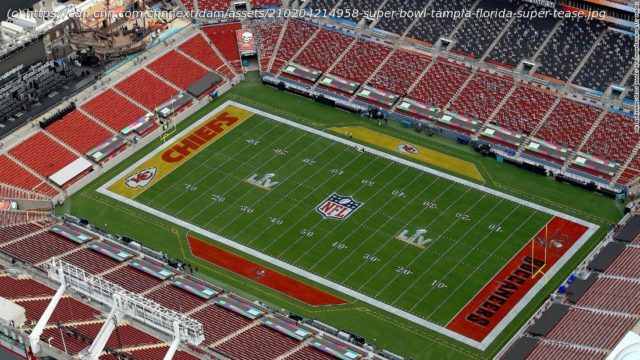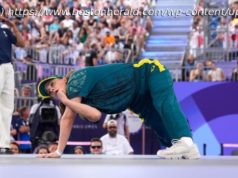It’s Super Bowl weekend — a moment that many people, at the start of the season, did not think we’d ever see.
After all, when the season kicked off with the opening of training camp in late July, we were in the middle of Covid-19 spikes around the country, and football is the very definition of a contact sport — contact being one of the activities we’ve been exhorted to avoid in order to avoid getting sick and slow the spread of the virus. Yet here we are: Super Bowl LV with the Kansas City Chiefs facing off against the Tampa Bay Buccaneers at Raymond James Stadium in Florida; 25,000 fans in attendance, including 7,500 specially-invited (and previously vaccinated) health care workers, sitting alongside 30,000 cut outs. The fans will all get PPE kits that include KN95 masks when they get to the stadium. And yes, even the vaccinated fans will be required to wear one. The story of how we got here — how the NFL was able to start and finish its season mostly without igniting major Covid-19 outbreaks — is a fascinating one for sports fans and scientists alike. It was published last week as a report in the Morbidity and Mortality Weekly Report, one of journals published by the US Centers for Disease Control and Prevention. It turns out many of the lessons learned during the season-long experiment are helpful beyond the gridiron, and are applicable to society at large. How we got here Back in the summer, many wondered how football — with its tackles, huddles, heavy breathing, sweat and spit spewing, packed locker and weight rooms, loud cheering from fans — could make it through an entire season without igniting Covid-19 outbreaks left, right and center. Experts, in both sports and public health, had their doubts. « Think of the size of football rosters, and think of the nature of the sport with contact on every play…. It may be unlikely that the NFL can get in a full season, » veteran sportscaster Bob Costas told me and Anderson Cooper during a CNN coronavirus town hall in late July. Infectious disease expert Dr. Anthony Fauci incurred the wrath of former President Donald Trump on Twitter a month earlier when he told CNN, « Unless players are essentially in a bubble — insulated from the community and they are tested nearly every day — it would be very hard to see how football is able to be played this fall. If there is a second wave, which is certainly a possibility and which would be complicated by the predictable flu season, football may not happen this year. » But bubbling up wasn’t in the cards. Dr. Allen Sills, the NFL’s chief medical officer since 2017, told me it was « neither practical nor appropriate » to construct a bubble like the NBA had. While the entire basketball season could be played out at a single location, with football, it just wasn’t possible. When the NFL decided to proceed with the season, Sills and other NFL officials faced the unprecedented challenge of how to make football as safe as possible for everyone, from the staff to the players and their families. « I feel like it’s the right thing to do to try to learn to live with this virus. I really do, » Sills said back in July. « This is a struggle that people are dealing with in all facets of life.






